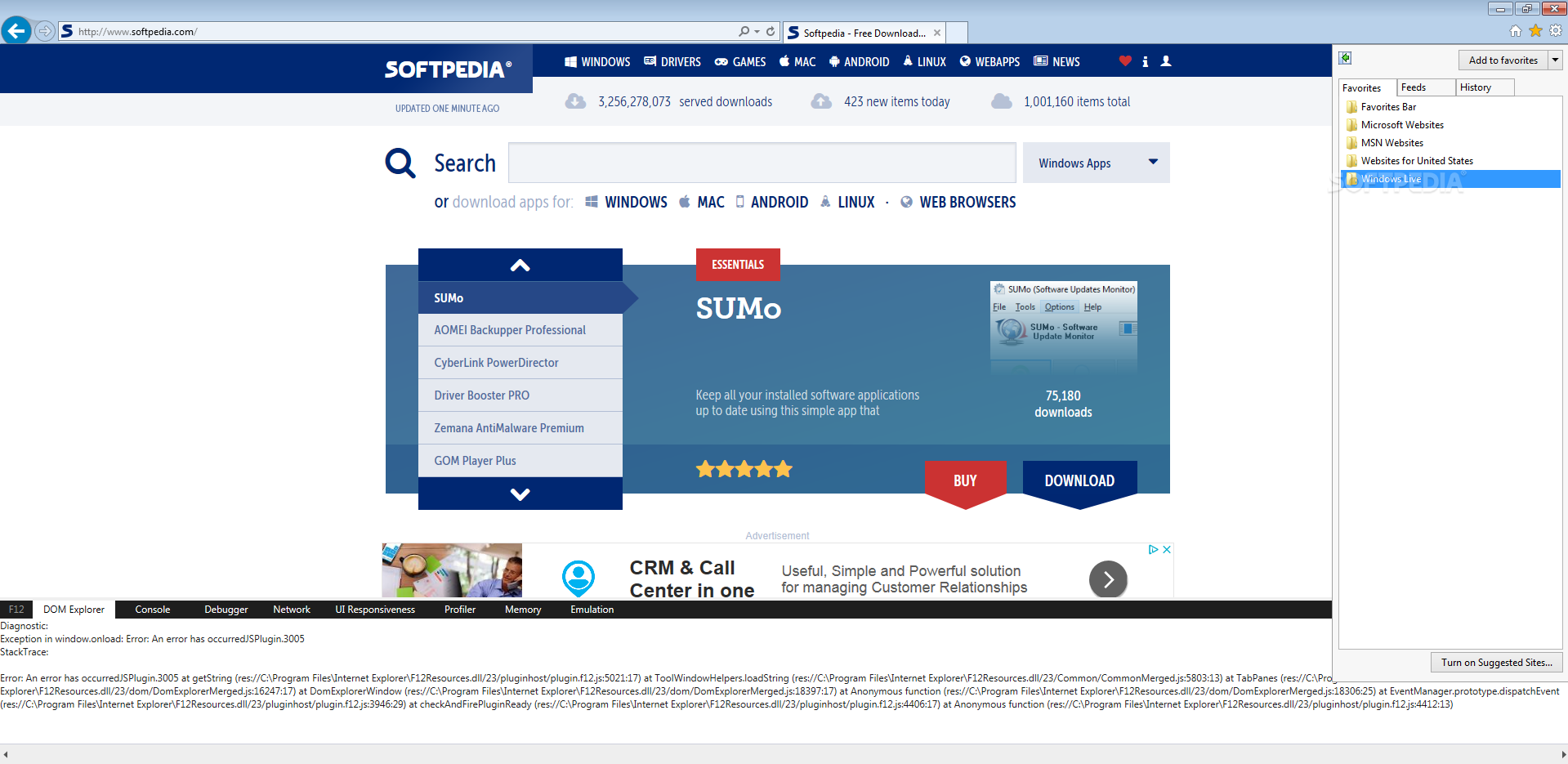

- #PROXYCFG EXE WINDOWS 7 INSTALL#
- #PROXYCFG EXE WINDOWS 7 UPDATE#
- #PROXYCFG EXE WINDOWS 7 CODE#
- #PROXYCFG EXE WINDOWS 7 WINDOWS 8#
- #PROXYCFG EXE WINDOWS 7 DOWNLOAD#
When something goes wrong with any of those factors, it results in an error.
#PROXYCFG EXE WINDOWS 7 INSTALL#
When you install updates on your computer, a lot of factors are at play.
#PROXYCFG EXE WINDOWS 7 CODE#
If that isn’t annoying, then what is? Causes of Windows 10/11 Error Code 0x8007012F
#PROXYCFG EXE WINDOWS 7 DOWNLOAD#
The error message then pops up saying that the download has failed, even though the dialog says that the updates are already being installed.

What’s more confusing about this error is that it usually happens when the updates have been downloaded completely and the installation progress has reached 100%. It has been around during the early days of Windows 10/11 and there are no clear solutions to this problem. Now this has caused a lot of confusion among Windows users and Microsoft has not offered any solution to this error. Why would it be deleted when you’re installing updates? If you get the second message, you’ll probably be more confused because it says the file is being deleted. The error messages are not actually very useful, particularly the first one, because it does not provide information about what caused the error.

The file cannot be opened because it is in the process of being deleted. If you keep seeing this and want to search the web or contact support for information, this may help: (0x8007012F) There were some problems installing updates, but we’ll try again later. Here are some of the error messages you might encounter: About Outbyte, uninstall instructions, EULA, Privacy Policy.
#PROXYCFG EXE WINDOWS 7 WINDOWS 8#
It can pop up when you are installing app updates, system updates, or feature updates.Ĭompatible with: Windows 10/11, Windows 7, Windows 8
#PROXYCFG EXE WINDOWS 7 UPDATE#
What Is Windows 10/11 Error Code 0x8007012F?Įrror code 0x8007012F is a Windows Update problem, which means that the error happens whenever you try to install updates on your computer. So if you’re looking for ways to deal with Windows 10/11 error code 0x8007012F, you’ve come to the right place. You’ve probably scoured the internet for answers, but found scarce information regarding the error code 0x8007012F resolution. There’s a wide range of Windows Update errors that users encounter, with most of them common errors that are easier to deal with.īut have you encountered Windows 10/11 error code 0x8007012F? This error is one for the books because it is not something that a lot of Windows users encounter when installing updates. Installing updates should be a lot easier in Windows 10/11 via Windows Update, but that is not the case most of the time. This is very important right now considering that there is an alarming spike in the number of malware attacks due to more people working from home. Of course, if you have another trick to make it work, please comment.Keeping your computer updated helps protect your computer from hackers who take advantage of system vulnerabilities to infect your device with malware. So, remember – when using Windows Server 2016, set your system proxy settings by using the netsh command and everything will work just fine! You can do further reading & testing, but the thing that helped in our case was setting the system (winhttp) proxy with netsh command, so that it actually imports IE proxy settings.īasically, you need to run netsh winhttp import proxy source=ie (after you’ve set the right proxy settings through IE dialog, of course) or set your system proxy by using the netsh winhttp set proxy :8080 command.Īfter that, Windows Update starts working again! So, you’re (naturally) configuring new machines accordingly. Still a bit confused, you have a great idea to check system proxy settings by running netsh winhttp show proxy – on older machines you’ll probably see something like this (which is probably OK, because you’ve just seen the Proxy Settings in IE, which are set to correct values): It’s not networking, it’s not proxy settings… what could it be? You are checking the configuration of older machines by opening up Internet Explorer and double-checking proxy settings… and then you make sure that your new machines are having the same configuration – they have. You will soon realize that you have some “old” Windows Server 2012 R2 (or even Windows 10) machines, which are updating just fine… even through the “fancy proxy thing”. So, the next logical next step is to blame “those networking guys”, because updating your machine works fine, when not behind their “fancy proxy thing”. Of course, you have some sort of proxy on your network, and you start troubleshooting this issue by testing on a proxy-free network… and without proxy, Windows Update works just as it should! It just gets stuck on Checking for updates/Downloading updates… for days. The dumbest thing… you are installing your brand new Windows Server 2016 machines and then you realize that Windows Update doesn’t work.


 0 kommentar(er)
0 kommentar(er)
